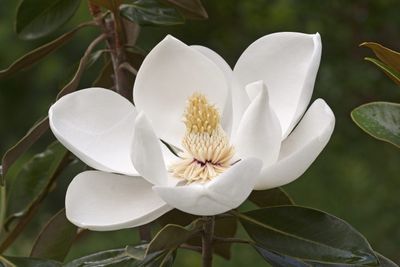Growing Flowering Trees in Zone 8
Zone 8 is a pretty great climate for gardening. You get a nice, long growing season with plenty of warmth and mild winters that don’t get too cold. If you’re in zone 8, you have a lot of options for growing flowering trees and doing so is easy. Be sure that you do your research on what the zone 8 flowering tree varieties that you choose need to thrive: the right amount of sun or shade, the best kind of soil, sheltered or open space, and the level of drought tolerance. Once you plant your tree in the right spot and get it established, you should find it takes off and requires minimal care.
Zone 8 Flowering Tree Varieties
There are so many flowering zone 8 trees that you will be able to choose whichever varieties you want based on color, size, and other factors. Here are some notable examples of flowering trees that thrive in zone 8: Venus dogwood. Dogwood is a classic spring bloom, but there are a lot of cultivars you may not have heard of, including Venus. This tree produces exceptionally large and stunning flowers, up to 6 inches (15 cm.) across. American fringe tree. This is a truly unique option. A native plant, American fringe produces fuzzy white flowers later in the spring as well as red berries that will attract birds. Southern magnolia. If you’re lucky enough to live somewhere warm enough to grow a southern magnolia tree, you can’t beat it. The glossy green leaves alone are pretty enough, but you also get beautiful, creamy white flowers in spring and throughout the summer. Crape myrtle. The small crepe myrtle tree produces clusters of bright flowers in the summer, and they will linger into the fall. Zone 8 is the perfect climate for this popular landscaping tree. Royal empress. For a fast-growing tree that also flowers in zone 8, try the royal empress. This is a great choice for getting quick shade and for pretty lavender flowers that burst forth each spring. Carolina silverbell. This tree will grow to 25 or 30 feet (8-9 m.) and produce pretty, white, bell-shaped flowers in great profusion in the spring. Carolina silverbell trees also make a good companion plant for rhododendron and azalea shrubs.
